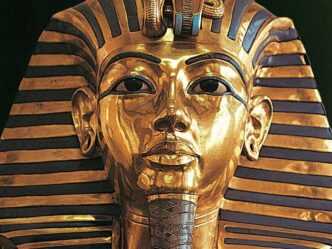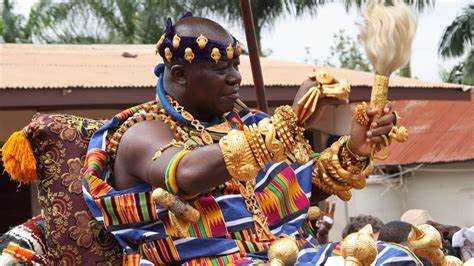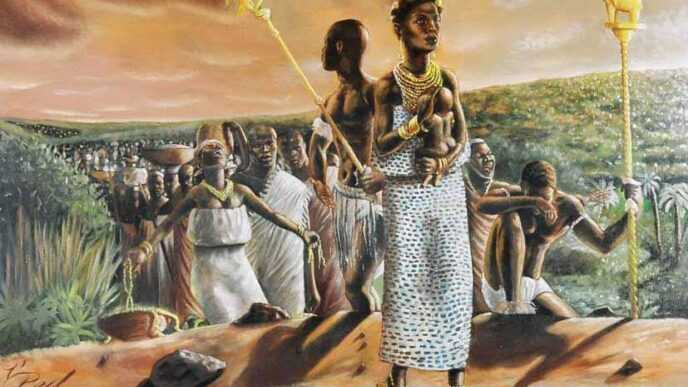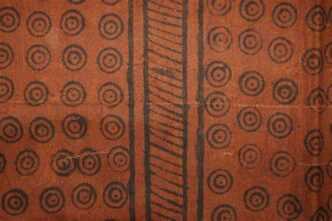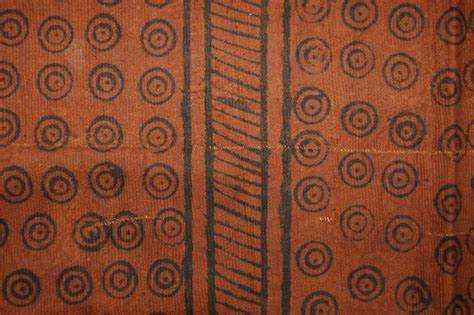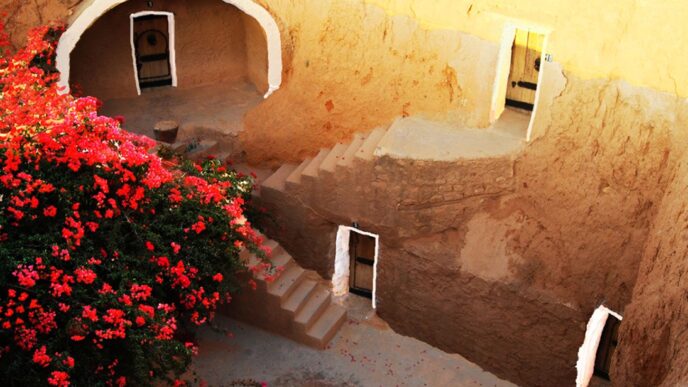By Genevieve Azelama
Ancient Egypt and its people have always been shrouded in mystery and evoked a sense of fascination and deep curiosity in us as we try to uncover the ways and stories of the mighty Egyptian empire. Egypt is known to be the birthplace of numerous theories, practices, and industries that have founded and built our modern world. It is even believed that Egyptian Hieroglyphics were an early inspiration for Artificial intelligence, an early example of a natural language processing system.
In Egypt, the birthplace of monumental architecture and the basic foundations of our modern civilization, a quiet revolution, the tools of our digital age, artificial intelligence, are breathing new life into the mysteries of the ancient world, helping us as we wade through the complex and beautiful mysteries of ancient Egypt.

Egypt stands solidly at a point of remarkable fusion of the past and future is made possible by artificial intelligence (AI) in archaeology. This innovative technology is revolutionizing how we explore and understand our cultural heritage, history, and culture. In a time when African nations are leading the charge in redefining the African story through technology and innovation, Egypt stands at a fascinating intersection of past and present.
The country’s ongoing archaeological renaissance is not just about uncovering forgotten tombs or exploring lost cities, it is about reclaiming and redefining Africa’s historical narrative through tools that ensure our stories remain told by Africans, for Africans.
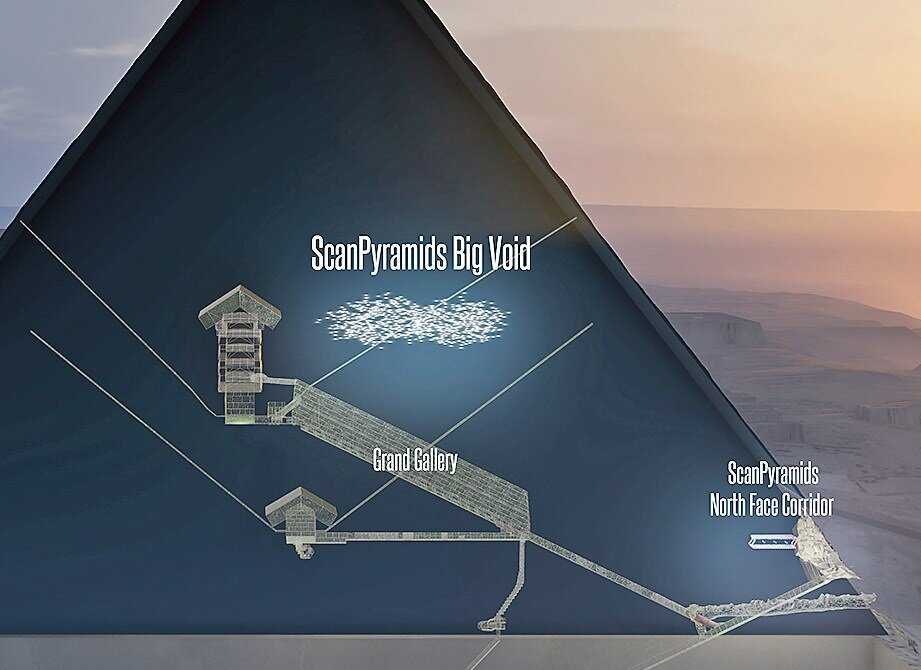
At the heart of this revolution lies the ScanPyramids project, a collaboration between Cairo University and France’s HIP Institute. The project utilizes a fascinating mix of AI-driven tools, muon tomography (imaging cosmic rays that penetrate stone), 3D simulations, drones, and infrared imaging. The results are astonishing and illuminating.
Researchers unveiled the “Big Void”, a vast hidden chamber inside the Great Pyramid of Khufu. This remarkable feat was achieved without time and energy-costly excavations. It was all done without moving a single stone. AI and advanced imaging allowed the world to take a look inside structures untouched for 4,500 years. This AI technology allowed us to explore the grandeur and secrets of these pyramids. These explorations further solidify African ingenuity as it sits at the cutting edge of global scientific progress.
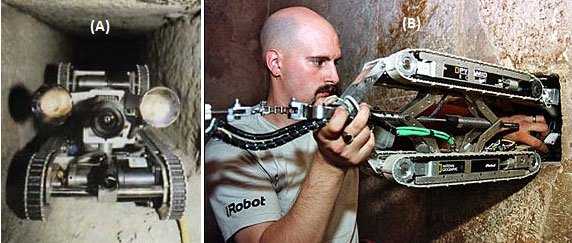
Egyptian-led innovation doesn’t stop with cosmic scans. The Djedi Project, partly developed with Egypt’s Ministry of Antiquities, introduced miniature robotic explorers capable of navigating the narrowest air shafts of the Great Pyramid. Equipped with micro-cameras and AI processing, these robots are revealing intricate and fascinating details much to the fascination of the world like hidden metal fixtures and ancient construction marks that provide an indepth look into the true stories of ingenuity of the ancient Egyptians proving the depths of the knowledge and brilliance, which might otherwise have remained lost to time.
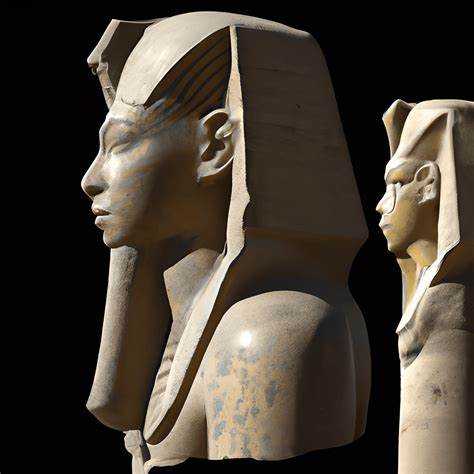
Making use of High-resolution 3D scans paired with AI analysis helps them to reconstruct damaged features, preserve delicate biological data, and digitally document these priceless relics of African civilization. Ushering in new practices where historical wonders and treasures of the ancient Egyptians can be explored and experienced as they provide a look at the African people of their heritage and practices of old, all while ensuring the preservation of these relics.
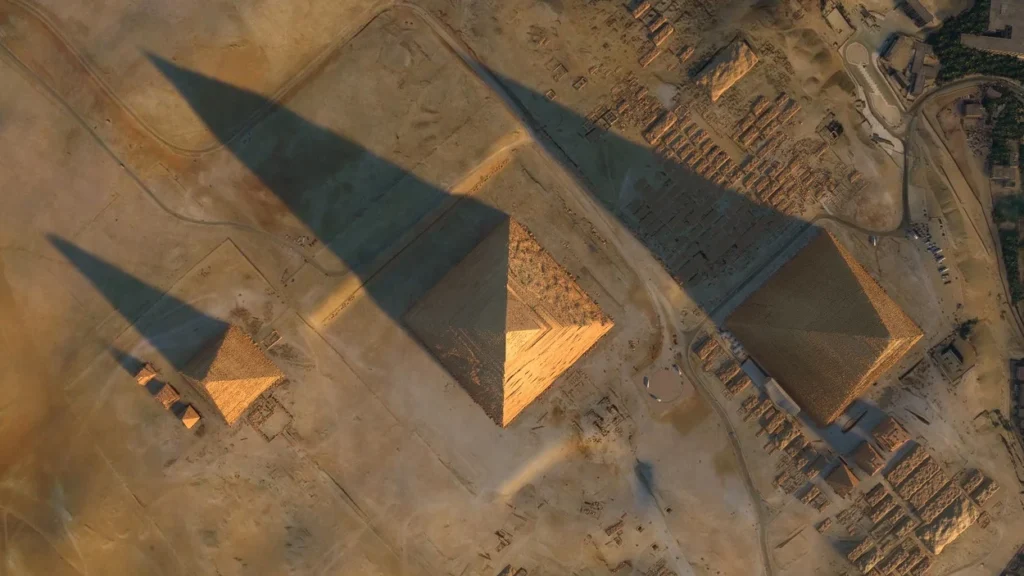
Perhaps one of the most remarkable shifts is happening beyond the view of us all, from space. AI-powered analysis of satellite imagery is now allowing archaeologists to spot previously invisible sites buried beneath the Egyptian desert.
One landmark discovery came from geomorphologist Dr. Eman Ghoneim, who used radar data to rediscover an ancient Nile river branch believed to have helped transport the stones used to build the pyramids. Through satellite AI, Egypt’s forgotten river channels, buried roads, and lost settlements are being brought back to life.
The reach and impact of this technology are remarkable in their own right. Egypt’s archaeologists are ensuring an important balance, also embracing a core principle: technology must serve cultural stewardship, not replace it.

This is why it remains critical that AI tools are developed and deployed by Africans who understand the cultural, spiritual, and historical weight of what they are uncovering.
Scholars such as Dr. Aliaa Ismail are championing this vision by training a new generation of “techno-archaeologists.” These Egyptian experts are ensuring that local voices remain central in shaping the future of archaeology.
Global narratives often undermine African contributions to science and history, but Egypt’s blending of pharaohs and algorithms offers a powerful counter-story.
It places Africa in its rightful position as a proven wellspring of innovation both in the past and present. That beneath our ancient sands lie stories still waiting to be told, not as relics of a forgotten world, but as testaments to an African spirit that continues to build, adapt, and inspire.
